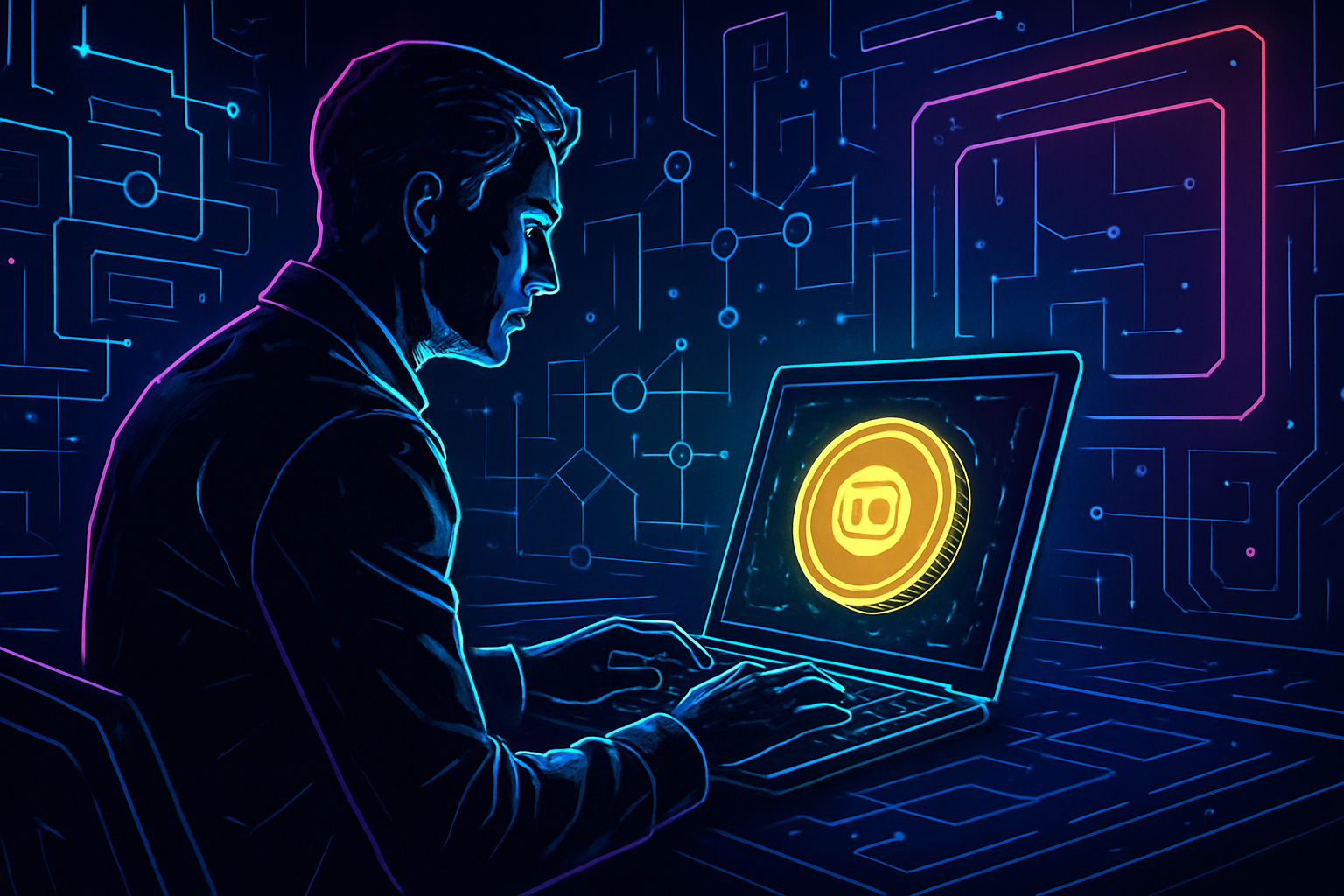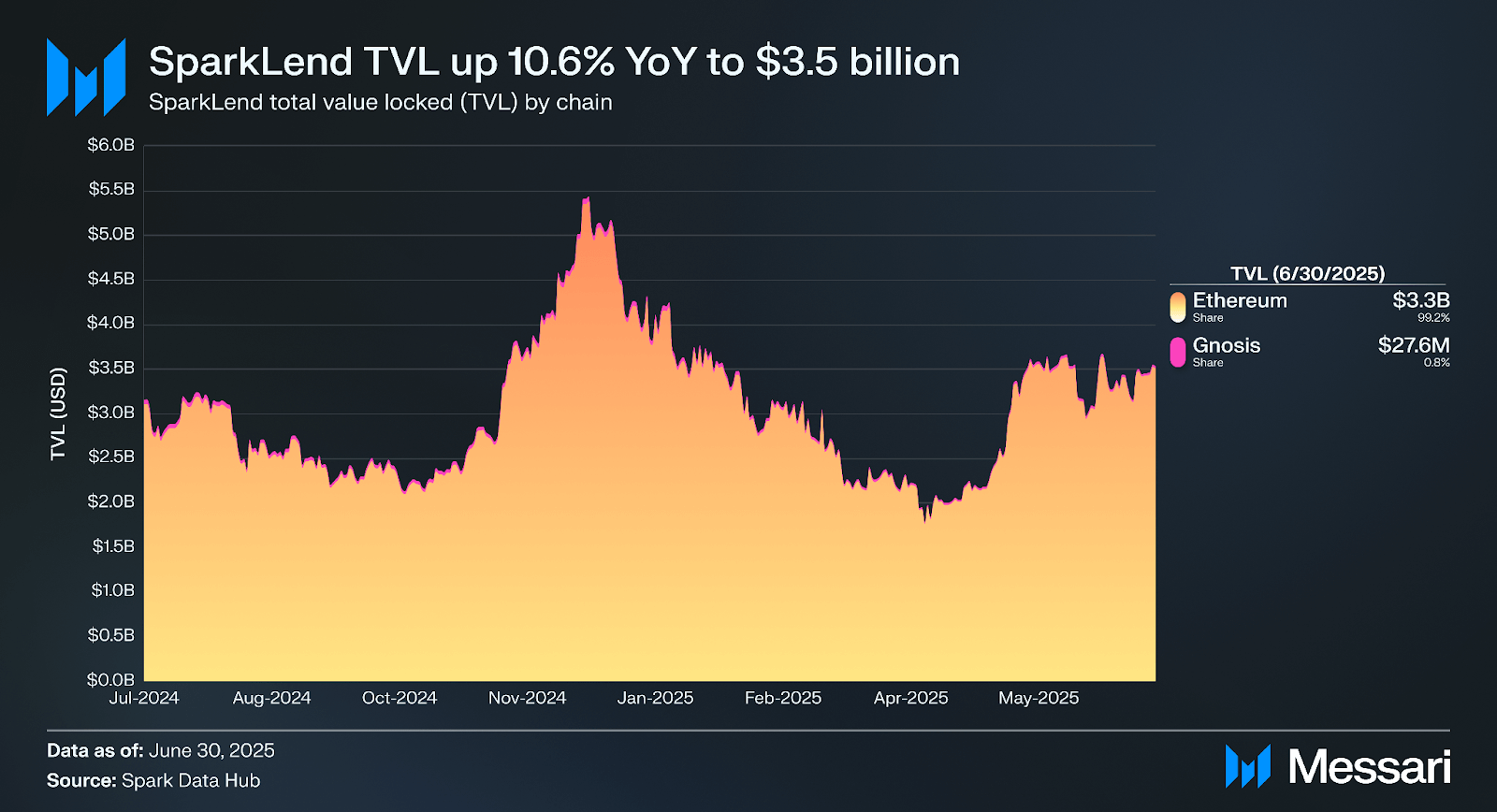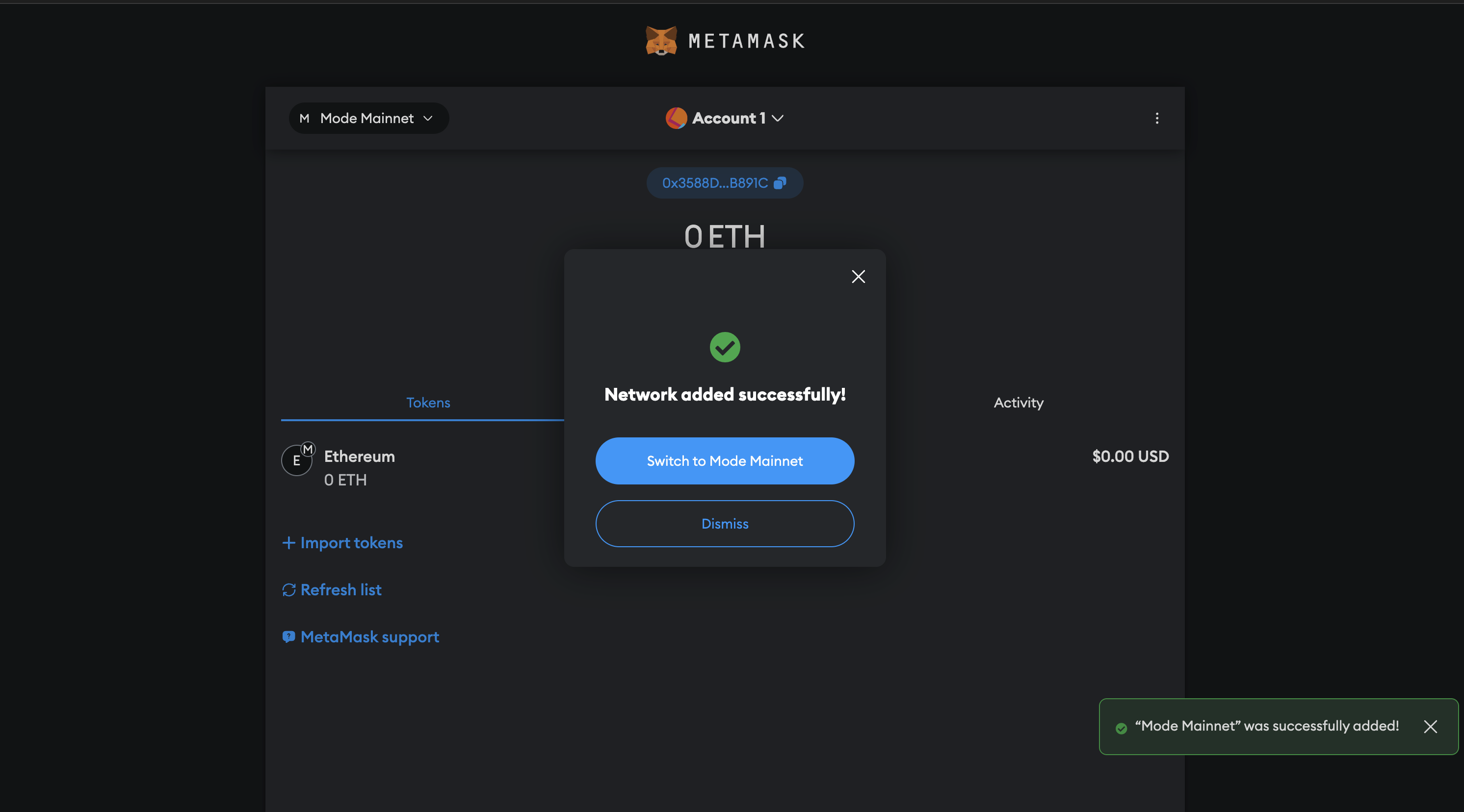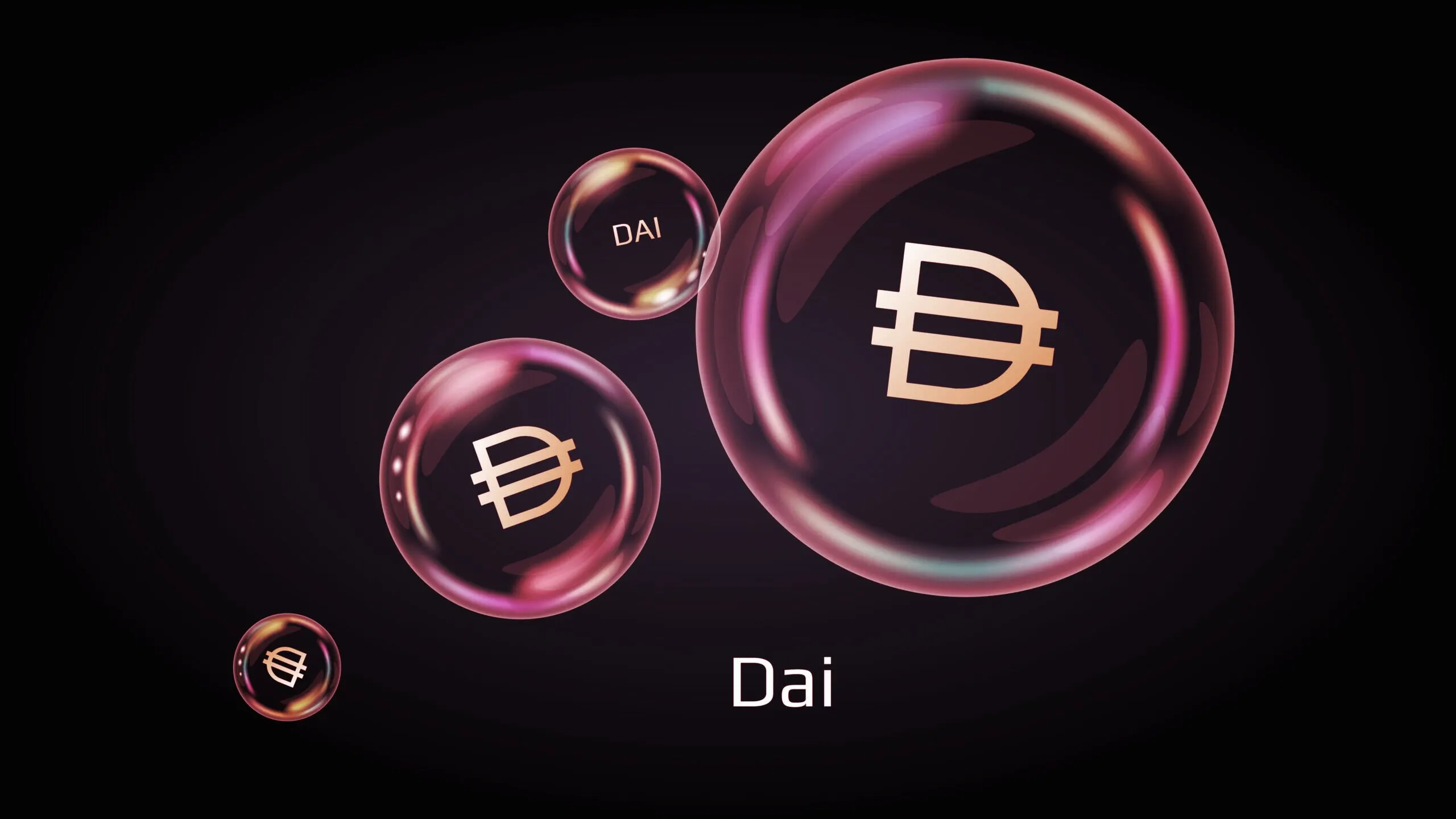How to Earn Passive Income with sDAI: A Complete Guide for DeFi Investors

Stablecoins have long been the backbone of the DeFi ecosystem, but the rise of yield-bearing stablecoins like sDAI has fundamentally changed how investors approach passive income strategies. Unlike traditional stablecoins, which simply maintain a $1 peg, sDAI allows holders to accrue interest automatically by participating in the Dai Savings Rate (DSR) via MakerDAO’s protocol. This guide explores how to efficiently earn passive income with sDAI, how its yield mechanism works, and what technical and market risks you need to monitor.

What Sets sDAI Apart from Traditional Stablecoins?
The core value proposition behind sDAI is its ability to generate consistent yield for holders without requiring active management or riskier DeFi maneuvers. While legacy stablecoins like USDT or USDC are engineered for stability and settlement speed, they do not natively generate income for users (galaxy.com). In contrast, sDAI integrates directly with MakerDAO’s DSR, a mechanism that pays out interest sourced from:
- Loan Stability Fees: Charged on collateralized DAI loans.
- Liquidation Penalties: Collected when under-collateralized positions are liquidated.
- Tokenized Real-World Assets (RWAs): Yield from investments like U. S. Treasury bills.
This diversified set of revenue streams allows the DSR – and thus sDAI’s yield – to remain competitive even as market conditions evolve. The result is an asset that combines the stability of DAI with automated interest accrual, making it a powerful tool for DeFi investors seeking low-maintenance passive income.
sDAI Yield Guide: How to Start Earning Passive Income
Earning passive income with sDAI involves just a few streamlined steps. Here’s how to get started:
How to Acquire and Earn Passive Income with sDAI
-

Convert DAI to sDAI: Deposit your DAI into Spark Protocol or Summer.fi to receive sDAI. This step enables your DAI to start accruing yield via the Dai Savings Rate (DSR).
-

Hold sDAI in a Compatible Wallet: Store your sDAI in a wallet that supports ERC-20 tokens, such as MetaMask, Rabby, or Safe (formerly Gnosis Safe). Simply holding sDAI in your wallet allows you to earn passive income automatically as the value of sDAI increases over time.
The process is straightforward:
- Acquire DAI: Buy DAI on centralized exchanges like Binance or Coinbase, or via decentralized platforms such as Uniswap.
- Convert DAI to sDAI: Deposit your DAI into protocols like Spark Protocol or Summer. fi (en.thebigwhale.io) to receive sDAI in return. This activates your participation in the DSR.
- Hold sDAI: Simply keep your sDAI in any compatible wallet – your balance will increase automatically as yield accrues over time.
This hands-off approach is especially attractive for investors who want exposure to DeFi yields without actively managing complex strategies or assuming unnecessary risk. For more advanced users, leveraging sDAI as collateral on platforms like Spark can unlock additional capital efficiency (pp.one).
Diversifying Your DeFi Stablecoin Strategies with sDAI
sDAI isn’t just about holding for yield. Its composability within DeFi means you can layer additional strategies on top of your base earnings. For example, providing liquidity in pools pairing sDAI with other stablecoins allows you to collect trading fees while still earning the underlying DSR yield. Alternatively, using sDAI as collateral enables leveraged positions where your collateral continues compounding even while deployed elsewhere.
The integration of real-world assets into MakerDAO’s treasury further stabilizes yields by diversifying risk away from purely crypto-native sources – an important consideration given ongoing regulatory scrutiny and evolving market dynamics (tradingview.com). However, understanding these mechanisms and their associated risks is critical before allocating significant capital.
sDAI Risk Analysis: What Investors Need to Watch
While sDAI simplifies passive income for DeFi participants, a disciplined risk assessment is non-negotiable for any stablecoin yield strategy. The Dai Savings Rate (DSR) can and does fluctuate based on MakerDAO governance and macroeconomic factors. This means your expected returns are variable, not fixed. For instance, a surge in DAI demand or a drop in collateral utilization can trigger rapid adjustments to the DSR, directly affecting your yield.
Smart contract risk remains another critical factor. Even with MakerDAO’s extensive auditing and battle-tested codebase, no protocol is immune to vulnerabilities. A single exploit could jeopardize funds held within the system or disrupt the accrual mechanism of sDAI. Investors should monitor ongoing audits, bug bounty programs, and transparency updates from both MakerDAO and any third-party platforms integrating sDAI.
Regulatory headwinds are also intensifying as global authorities scrutinize stablecoin yields. Legislative moves like the U. S. GENIUS Act may restrict access or alter the legal status of yield-bearing stablecoins in certain jurisdictions. Staying informed about these developments is essential for long-term capital preservation and compliance.
Optimizing Your Passive Income: Advanced sDAI Strategies
For investors seeking to maximize capital efficiency, sDAI’s flexibility opens up advanced strategies beyond simple holding:
- Collateralized Borrowing: Deploy sDAI as collateral on platforms like Spark to borrow additional assets while maintaining yield accrual on your initial position.
- Liquidity Provision: Pair sDAI with DAI or other stables in decentralized exchange pools to earn swap fees on top of DSR returns.
- Laddered Yield Approaches: Allocate portions of your portfolio across different yield-bearing stablecoins (such as USDe or GHO) to diversify protocol and rate risk.
The key advantage here is composability: your base layer (sDAI) continues generating passive income even as you unlock further upside through DeFi integrations.
Key Takeaways for DeFi Stablecoin Strategies
- sDAI delivers automated passive income by tapping into MakerDAO’s diversified revenue streams via the DSR.
- The protocol’s integration with real-world assets helps stabilize yields compared to purely crypto-native sources.
- Risks include variable rates, smart contract vulnerabilities, and evolving regulatory landscapes, continuous monitoring is required.
- sDAI can be layered with other DeFi strategies for enhanced capital efficiency without forfeiting base yield.
The landscape of yield-bearing stablecoins continues to evolve rapidly, but sDAI remains a benchmark for efficient passive income strategies in DeFi. By understanding its mechanics, risks, and advanced applications, investors can position themselves at the forefront of digital asset yields, while minimizing exposure through diversification and diligent monitoring. As always, let the data guide your allocation decisions and stay alert to new developments that could impact returns or underlying security.








